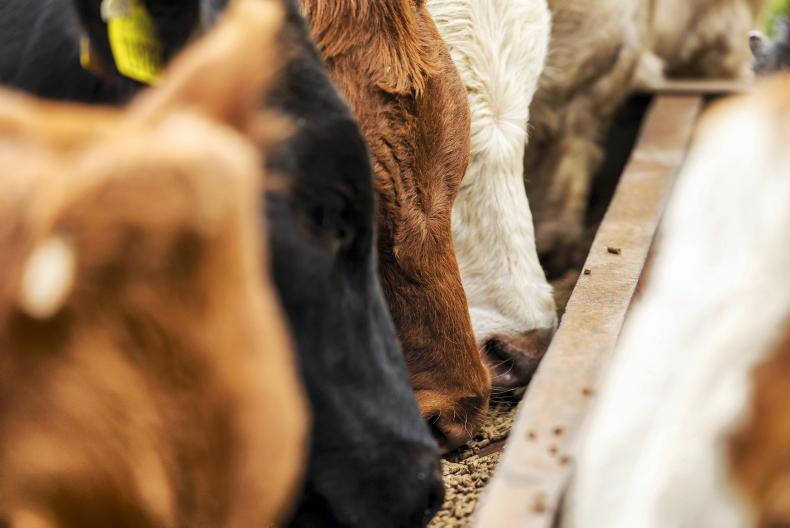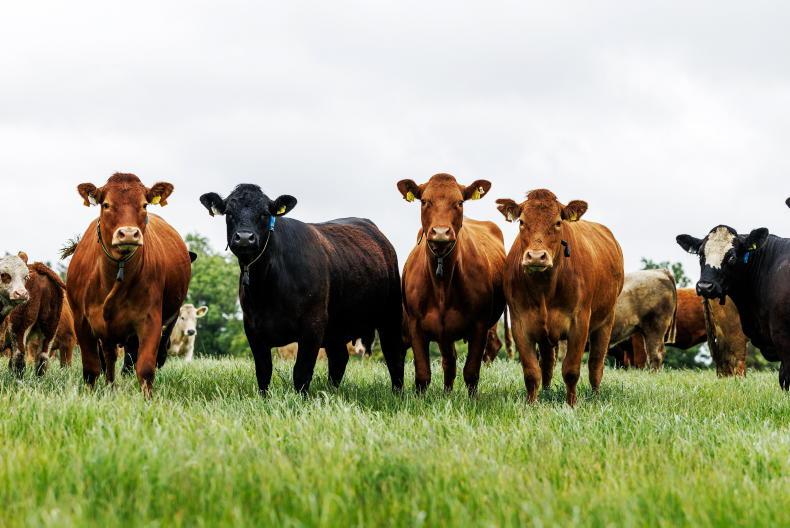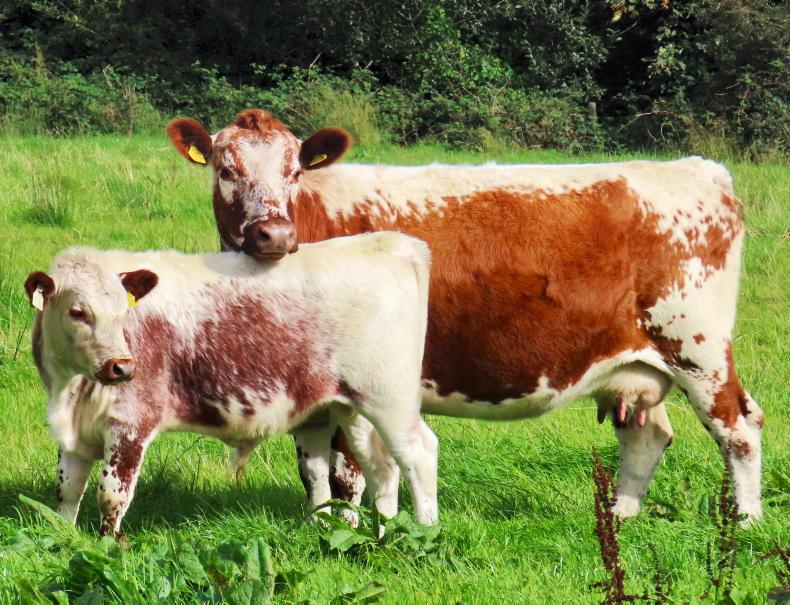NBWS Deadline
There are a number of important dates in relation to schemes coming up next week.
The terms and conditions of the National Beef Welfare Scheme state that all blood samples taken for the IBR action should be submitted by a vet to an ISO 17025 accredited laboratory within three days of the samples been taken, but no later than 17.30pm on 1 November 2023.
SCEP Deadlines
Farmers participating in the Suckler Carbon Effeciency Programme (SCEP) have been granted a reprieve on hitting the 50% 4 and 5 star female requirement as part of the scheme.
Under the original terms and conditions of SCEP, participating farmers had to have 50% of the reference number of females in their herd genotyped 4 or 5 star on 31 October 2023.
Participants will now have until Friday 24 November to hit the 50% target. The extension is taking place due to long delays getting genotype results back from Weatherbys DNA laboratory.
Herds will only be given this second date if they are short on 31 October and all of their samples had been returned to the lab by 31 October, and they were waiting on genomic results.
If a herd has all samples returned and genomic evaluations are published for all animals, then they must meet the 31 October deadline. In terms of weighing for animals born between 1 July 2022 and 30 June 2023 all weights must be submitted by 1 November.
All genomic samples must be returned by 30 November to ensure payment for SCEP issues in December 2023.
Vermin Rodent Control
This time of year as weather conditions deteriorate, rodent and vermin control becomes an issue on farms. This coincides with animals being housed and animal feed being stored in sheds around the yard.
Typical signs of rodent infestation include rat or mouse droppings around feed stores, gnawing and chewing of materials in sheds, footprints in soft material, e.g. clay, or holes or burrows in soil around the yard.
Infestation with rodents poses both an animal health risk and also more importantly, a human health risk.
Always wear gloves when handling poison bait and working in areas where rodents are present.
If you are not using purpose-built bait boxes, bait should be covered in pipes, etc. to stop other animals from ingesting the bait. Remove dead rodents and replenish bait on a regular basis.
Remember to record its usage in your Bord Bia Quality assurance plan. Rodents can also appear in the farm dwelling house as central heating systems come back on.
Make sure you have blocked as much access as possible. Remember a rat can fit through a gap the width of your thumb (13mm), while a mouse can fit through a gap the width of a pencil (6mm).
If vermin issues are persisting after 35 days of active control, other control measures should be looked at.









SHARING OPTIONS